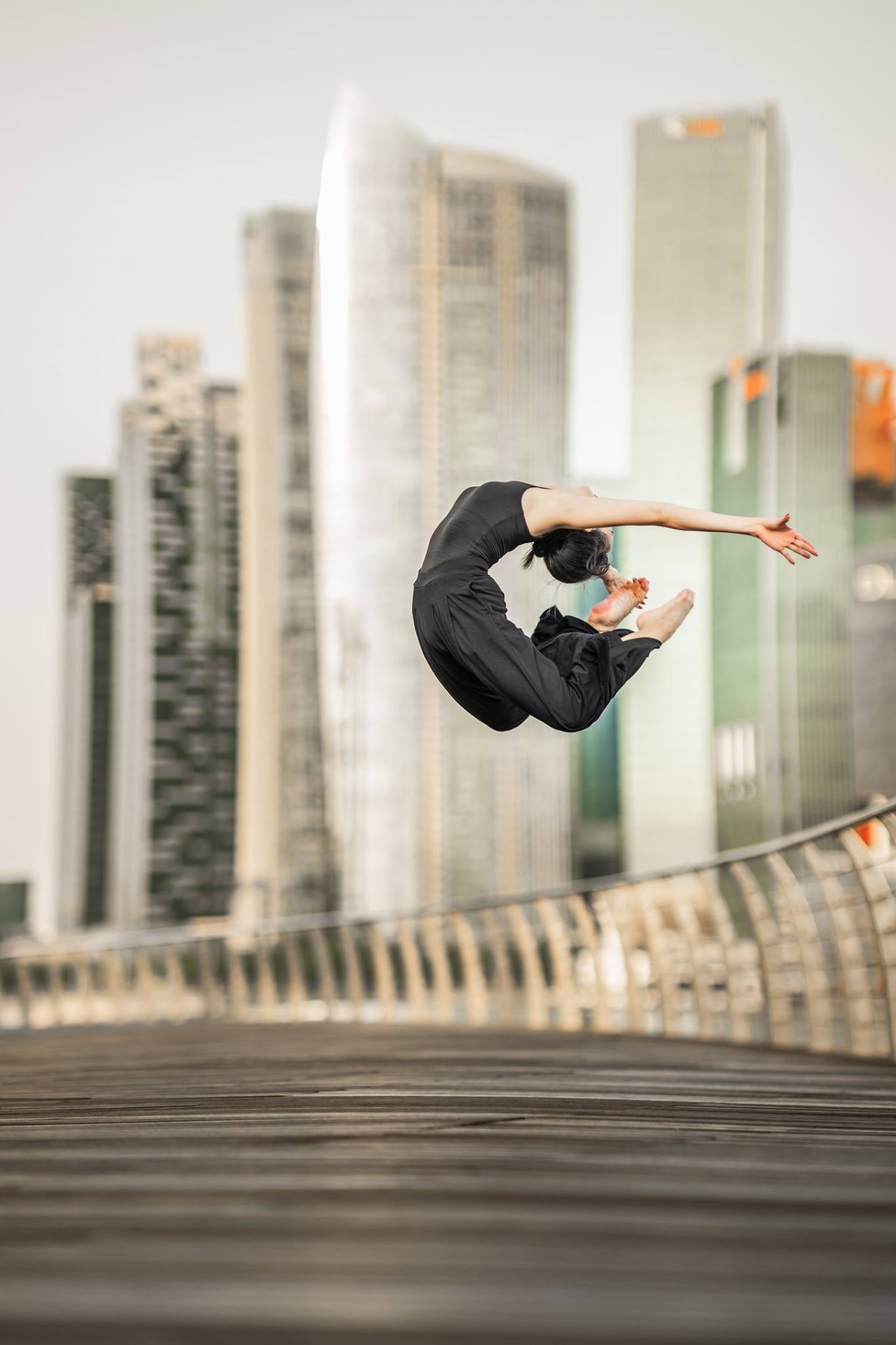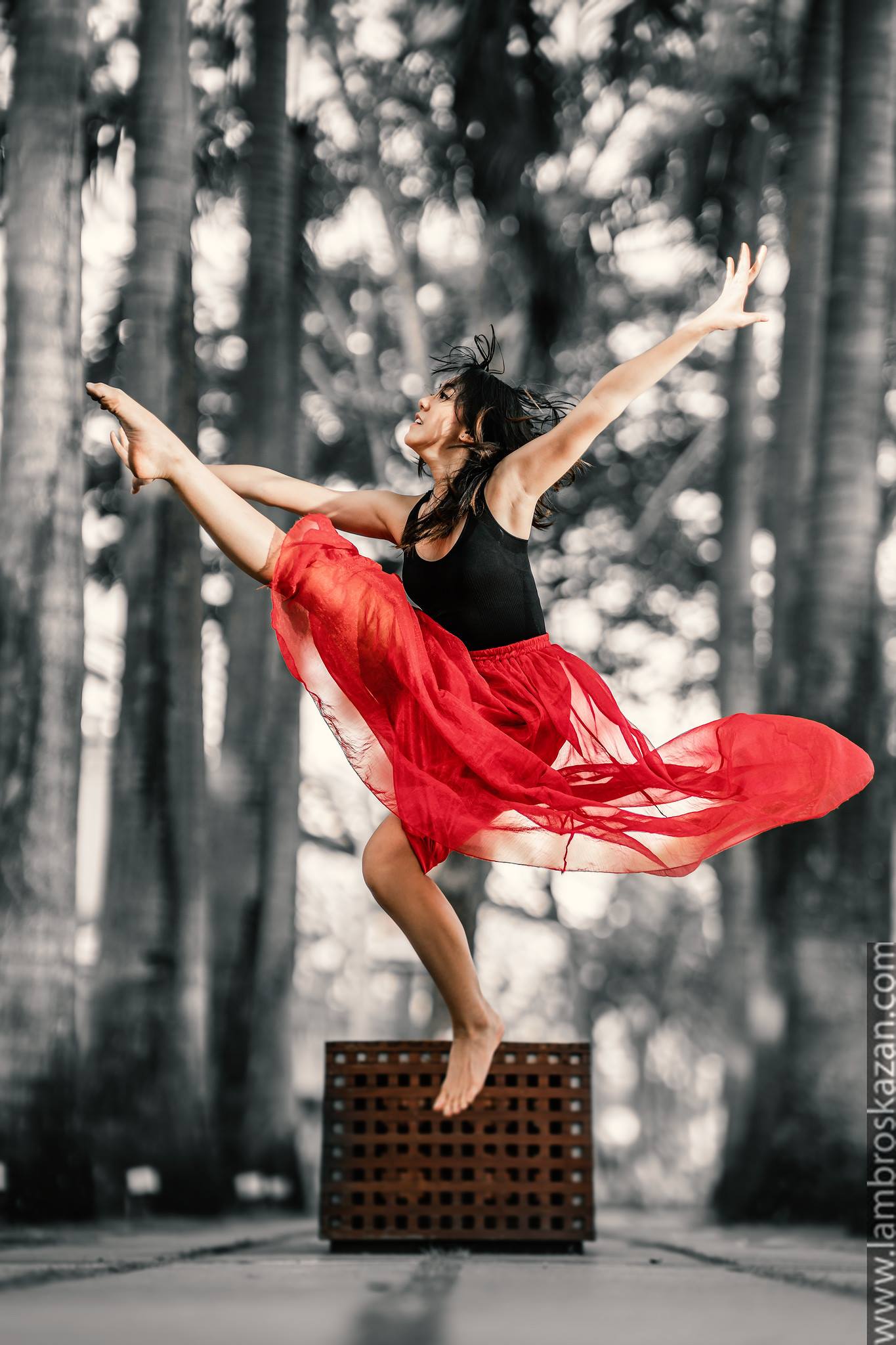
When I shoot people, I don’t photograph faces but their souls
Lambros Kazan
Every Face, a City
Text: Eva Kousiopoulou

For Thessalonian Lambros Kazan, there are two key ingredients in photography: technique and aesthetics. “Technique can be taught and in fact taught very quickly. But you can’t teach aesthetics. Aesthetics is cultivated from what we have read, the music we’ve listened to, the films we’ve watched, our experiences, our travels, the people we’ve met. Our aesthetic is everything we are. To make art, the only requirements beyond talent are passion, love, and dedication. And you can’t teach that in any school,” he stresses, describing his creative journey through the years with conviction.
It was his grandfather’s old pictures that became Lambros’s first window into a world that was bound to win him over. “Grandpa’s old trunk introduced me to photography, with his old black-and-white photographs from his travels and from Istanbul, where he came from. I was 12 when I first held a camera. And I began to ‘direct’ my subjects on black-and-white film,” he remembers. However, he really fell for the art of photography while visiting Australia, where he found himself shooting almost fifty rolls of 36mm film – more than 1500 pictures – within just two and a half weeks. “Towns, mountains, shores, landscapes, even aerial photography taken from an ultralight two-person aircraft. After this trip, I knew I wanted to be in photography,” he says.
It took him a few more years to start making a living through his art, now using full-frame digital cameras. “My studies in computing and love for technology not only made the transition to the world of digital photography easier, but it also made me love photography even more.”
Through the years, his main focus has been portrait and travel photography. And what makes his images stand out is, as he explains, that he can see beneath the surface. “For me, the key word in any portrait is trust. When I shoot people, I don’t photograph faces but their souls. And to do that, you have to inspire trust in them. When this happens, then the image has achieved its purpose – it captures what I myself see. If you know how to dig deeper into faces and people, you can do it in a single picture in such detail that one may even be able to read their thoughts at the time of the shutter. Photography captures everything with clarity,” Lambros says.
“A long time ago, I used to spend hours looking at pictures from different parts of the world, which were like a window to me – my oxygen. I traveled through them. My love for travel photography is part of my need to travel. My need to feed my eyes,” he adds, before going on to explain, “You can’t get bored of travel photography. Every trip is different; you see everything for the first time. Same for portraits. I will never get bored of portraits because every person I photograph is like visiting a different city!”
A recent project took him to Leipzig, where he photographed the members of the prominent Sächsische Bläserphilharmonie orchestra – some of the most important classical musicians active today. Leipzig boasts centuries of musical tradition, having hosted the likes of Bach, Wagner, Mendelssohn, and Schumann, who lived and worked in the city. “It was an amazing experience but a great challenge at the same time. I had to shoot 32 portraits in a single day and had all but seven minutes with each of these outstanding musicians. In these seven minutes I had to earn their trust, bring them to the mental state I was looking for, and capture their humor as well as a piece of their soul in my pictures.”
For me, the key word in any portrait is trust. When I shoot people, I don’t photograph faces but their souls. And to do that, you have to inspire trust in them. When this happens, then the image has achieved its purpose – it captures what I myself see.
Thessaloniki, where he lives and works, has a special place in his heart because of its special relationship to the sea, which is always so easy to reach from anywhere. As he says, “I love Thessaloniki, but I think I like all seaside cities. That is my favorite subject to photograph as well: the sea, which never tires of changing colors to make us love it!”.
Our conversation strays into our troubled post-pandemic era, the Ukraine war, the refugee crisis, and climate change. I ask him if he ever considered becoming a photojournalist or if he ever thought about picking up his camera to immortalize an important event. He admits that he frequently wonders whether photojournalism is perhaps the only type of photography that can truly change the world. “But deep down, I know that only beauty can save the world; that the world changes from within. Recording current events is a noble cause but it’s something almost anyone can do. What is truly difficult is being able to see the beauty where nobody else can,” he admonishes.
The art of photography never stops evolving for Lambros Kazan. He says that today, what counts is that he puts a piece of himself in every picture he takes. “One of the key things that transform the aesthetics of photography through time is the medium through which it is accessed. In the ‘80s, Marcello Mastroianni was asked why the new generation no longer idolized actors, as they used to. He answered that at the cinema, the screen was huge and actors looked like gods, while on television, they became small in the eyes of the people.”
“Today,” he continues, “photography is mainly consumed on 5-6 inch devices, with huge variations in how they render color. At a photography exhibition, a two-meter-high portrait with correct lighting can inspire in the audience a different feeling than the same image displayed on a mobile screen,” Lambros explains. “In every art form, what matters more than anything is the story someone wants to tell. For me, what’s most important is that there is a piece of me in every one of my pictures. When I’m no longer here, a spectator will continue to discover ever-new things in them; continue to be nourished by them.”
In recent years, technology has led many to believe that they can photograph any subject, or that they can consider themselves to be professionals. Exhibitions of photographs shot on mobile may perhaps already be past their prime, but Lambros makes it very clear that he wants no restrictions to the art of photography. “When we put in place ‘limits’ and ‘rules,’ then art goes out the window. I love technology and evolution. I follow everything on a daily basis. Were it not for evolution in photography, we would still be using daguerreotypes. When photography was born, the painters of the time reacted by saying that photography was no ‘art,’ because nobody was working hard to create it.”
“But there are still painters today. And now, some photographers are afraid of the capabilities of artificial intelligence and text-to-image programs. The value of a work of art is defined by its uniqueness and by how much it continues to touch people’s souls over time. In other words, every new technology is but another tool, just like a pencil is a tool. In our days, everyone has a pencil at home, but that doesn’t mean everyone is a writer or poet,” he notes.
And what of the experience of seeing something notable without photographing it? Lambros recalls a work trip to Singapore “with a good friend and excellent colleague,” where they were snapping the city. “It was our last evening and I had secured a privileged and difficult to find spot on the roof garden of a well-known hotel that had incredible views – the entire city at your fingertips. As soon as we got there, my friend started eagerly taking pictures, using two different separate cameras. I, on the other hand, didn’t take out mine for the first hour. Baffled, he asked me why I wasn’t shooting. I replied that what I was seeing was so beautiful that I wanted to enjoy it with my eyes. The lens could wait,” he smiles.
Photos















